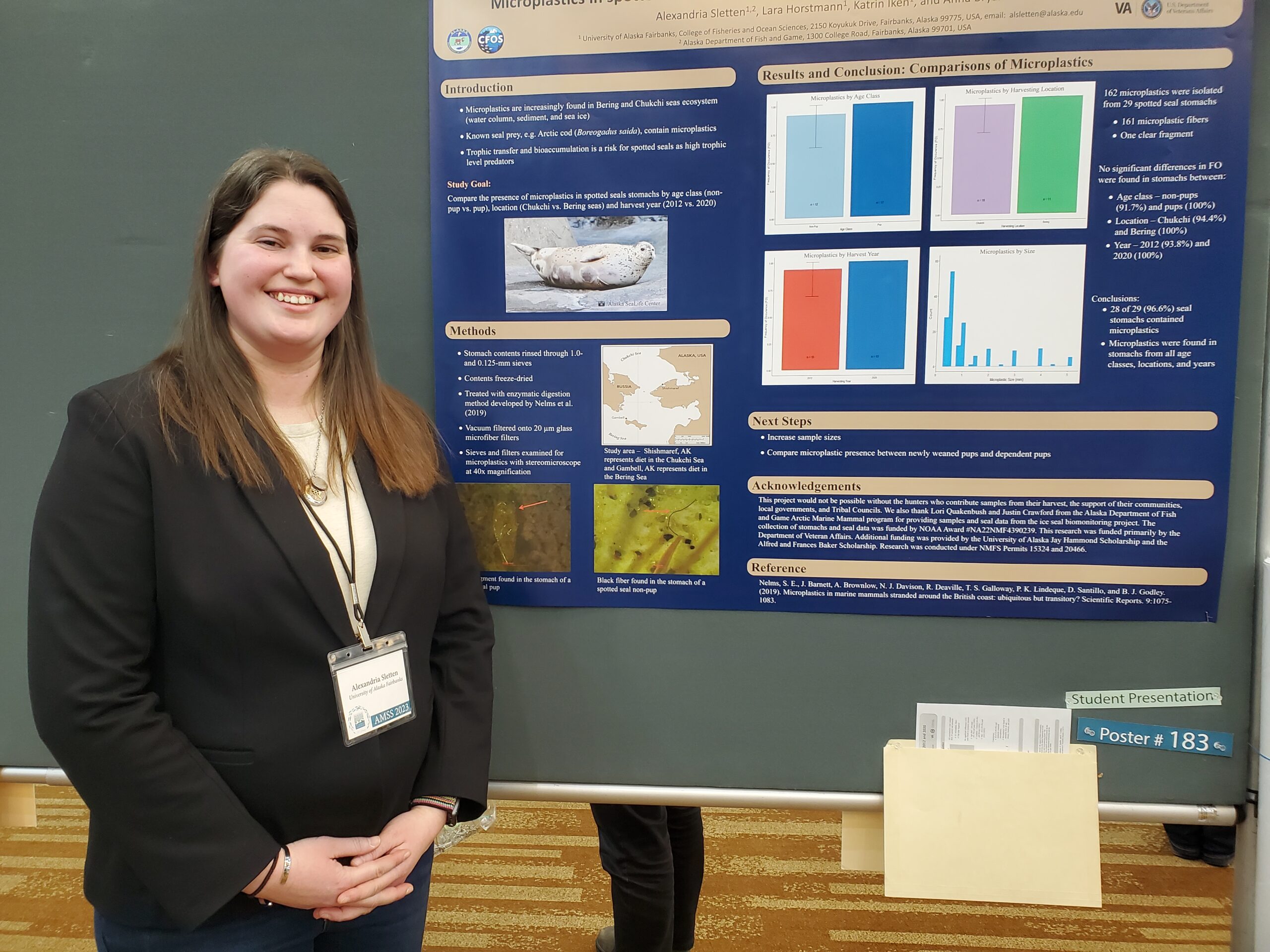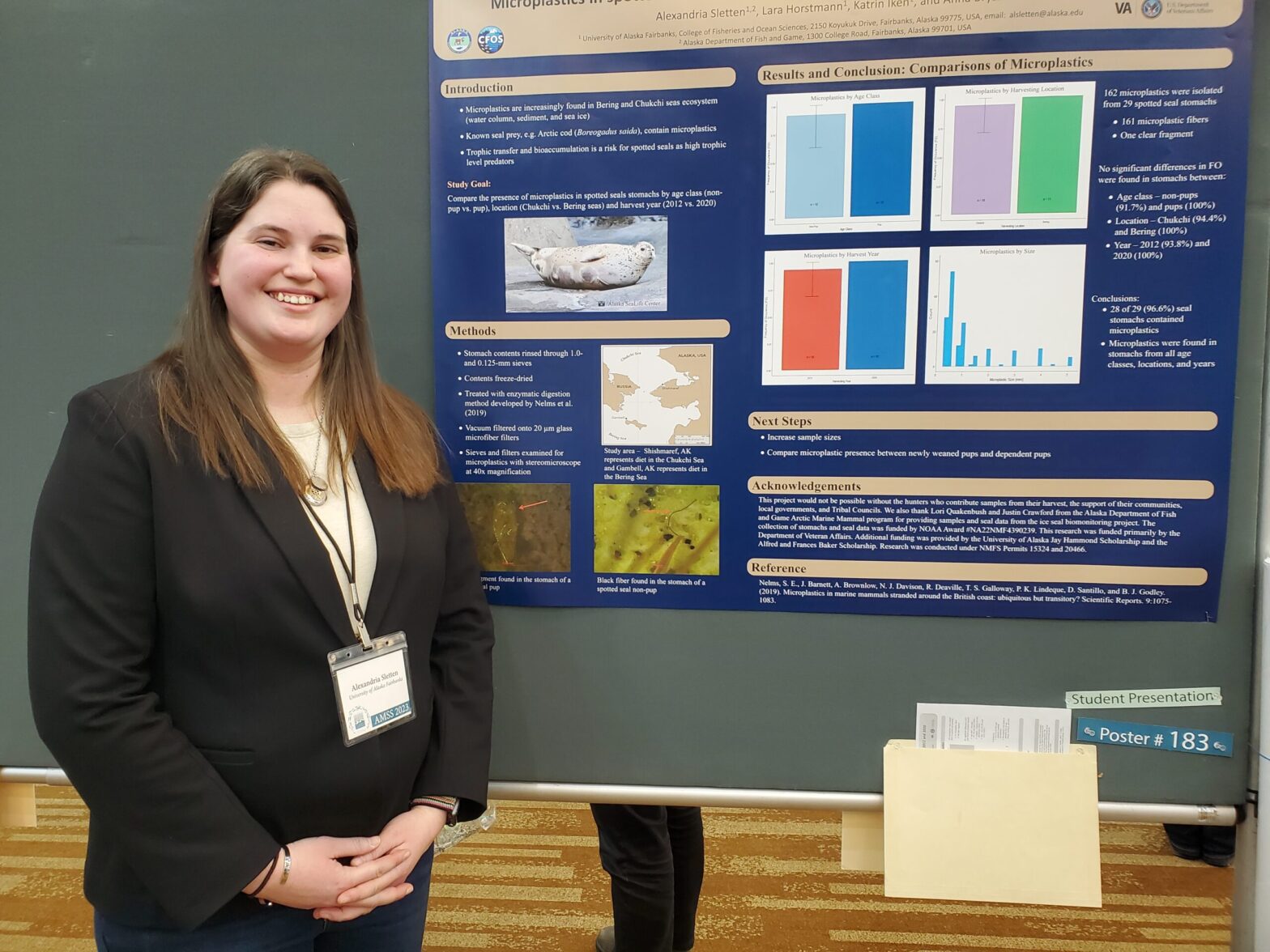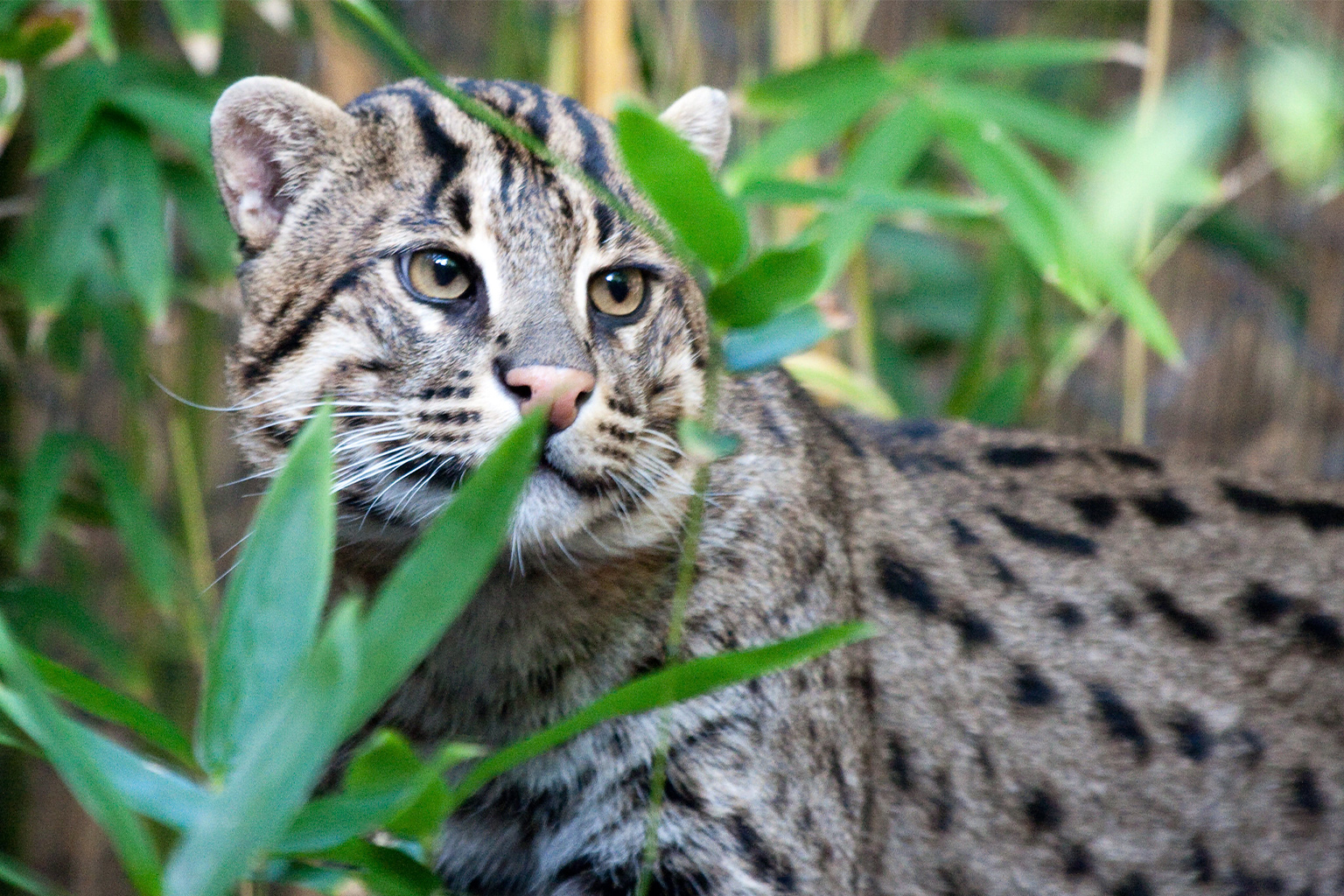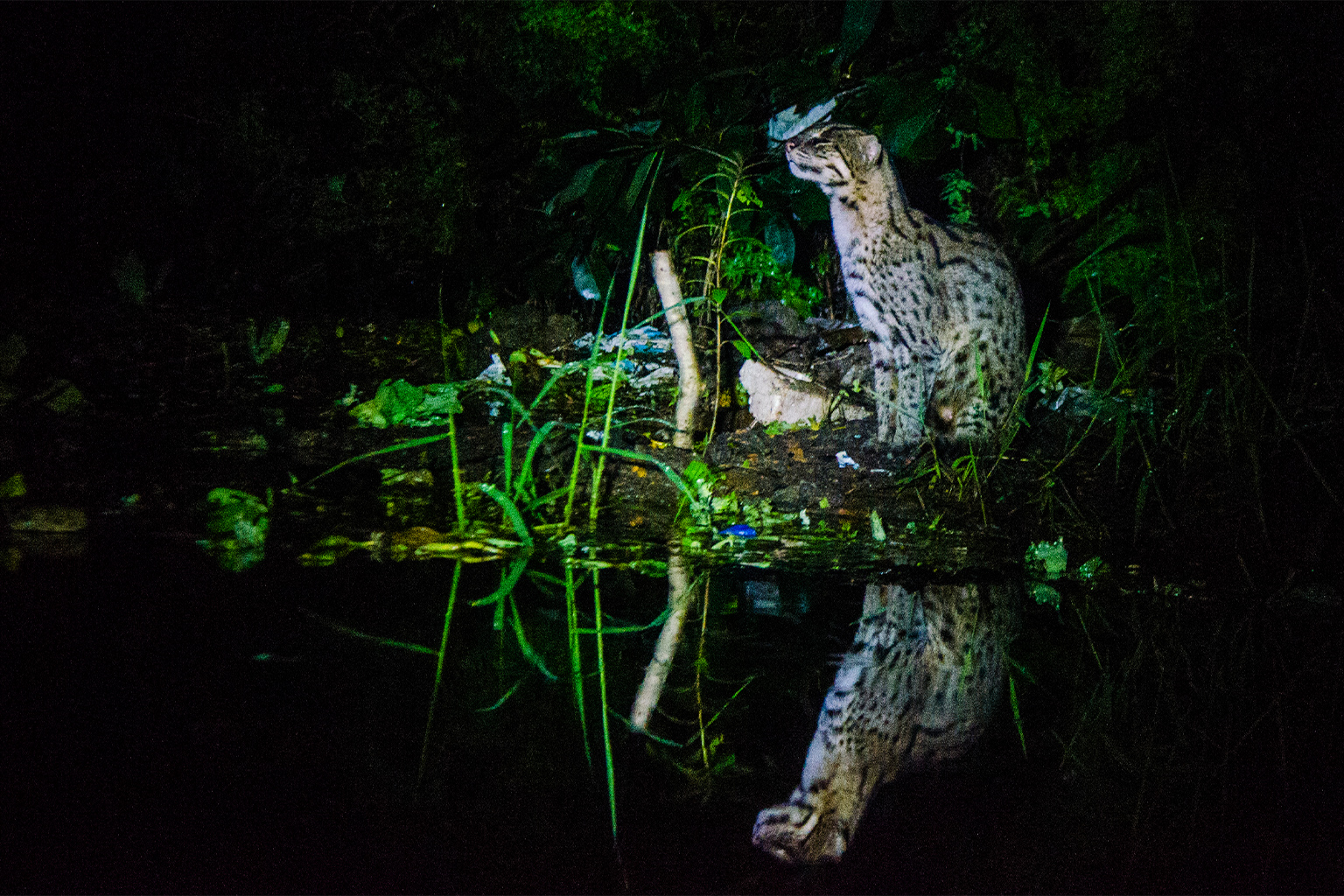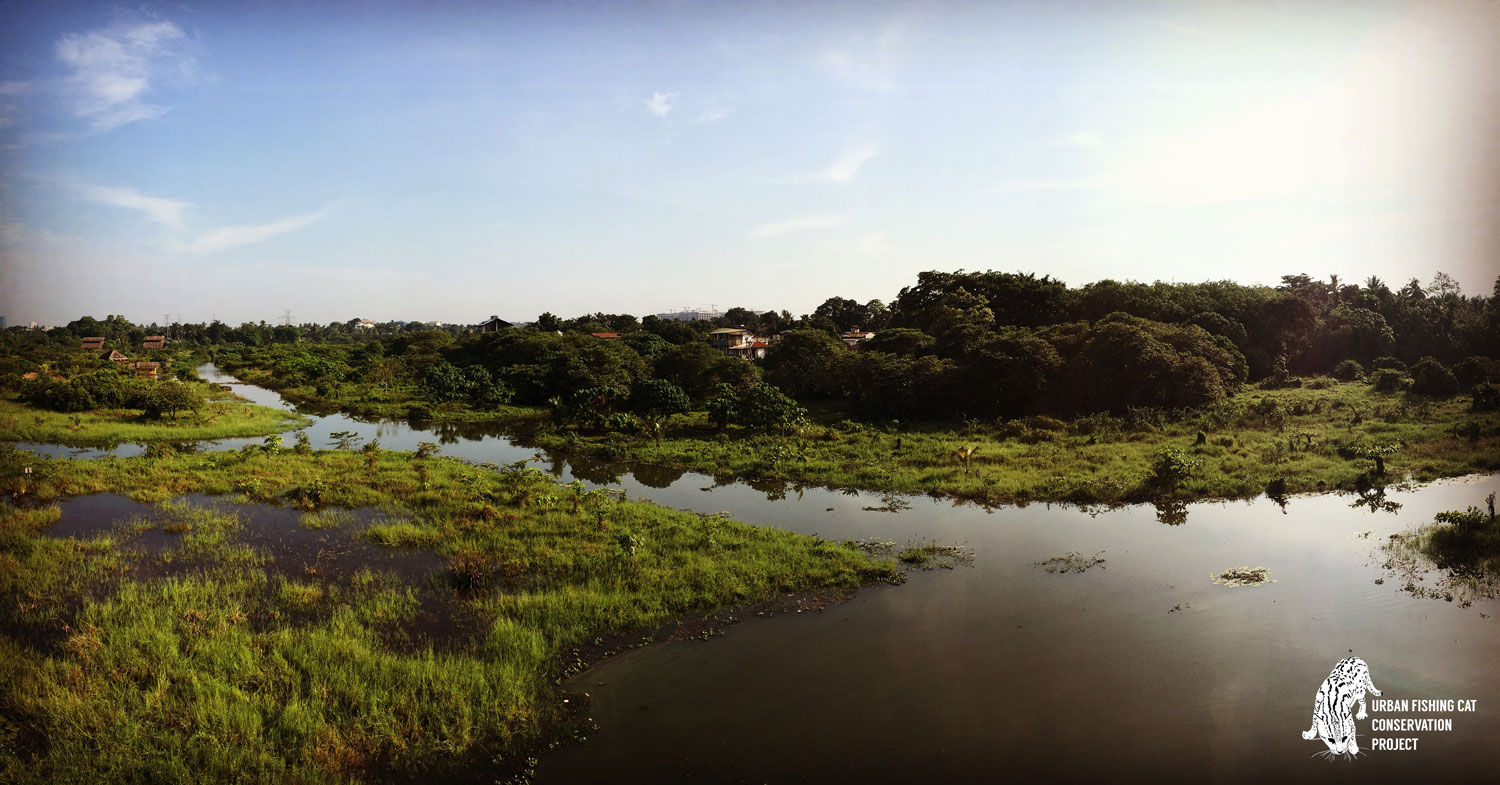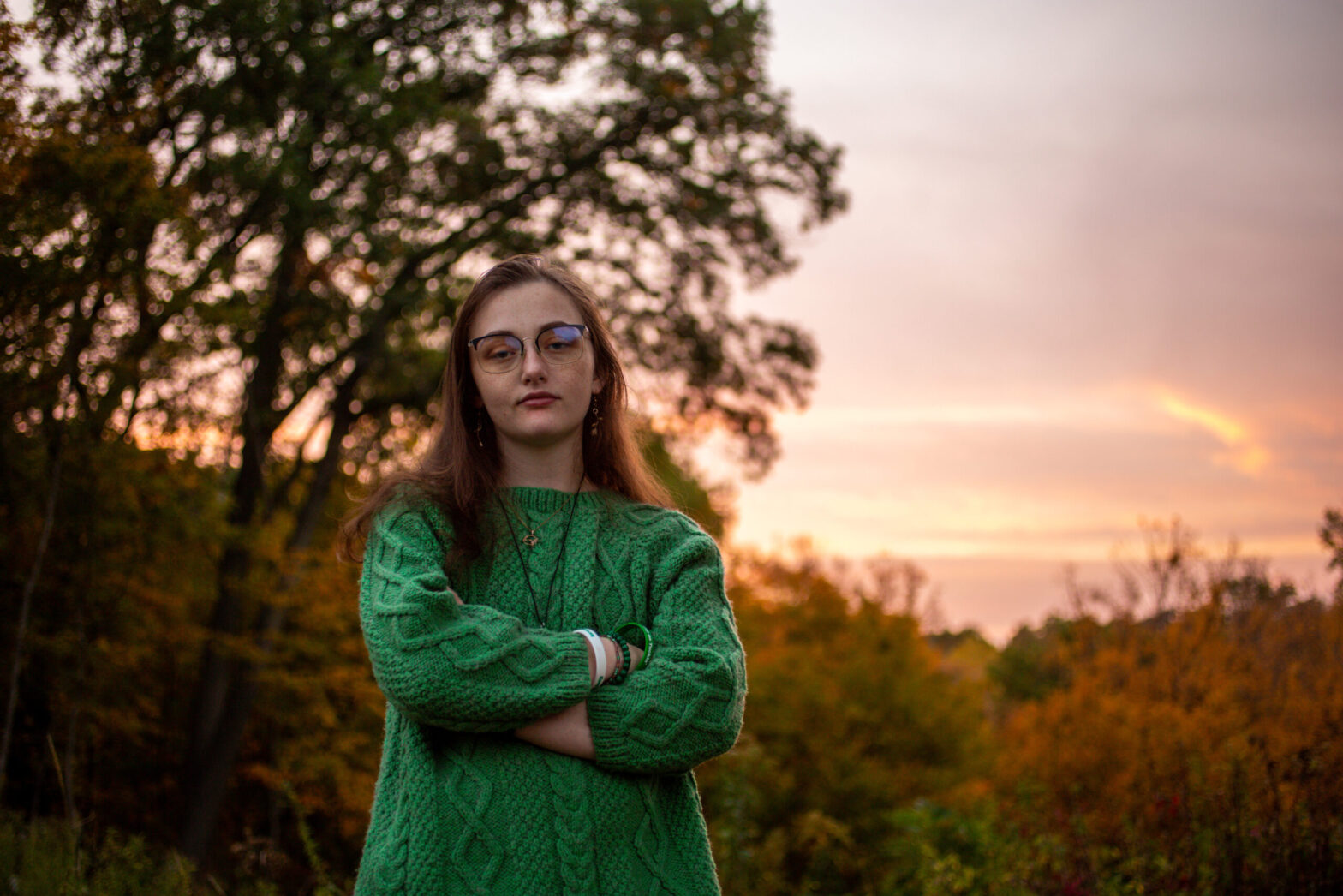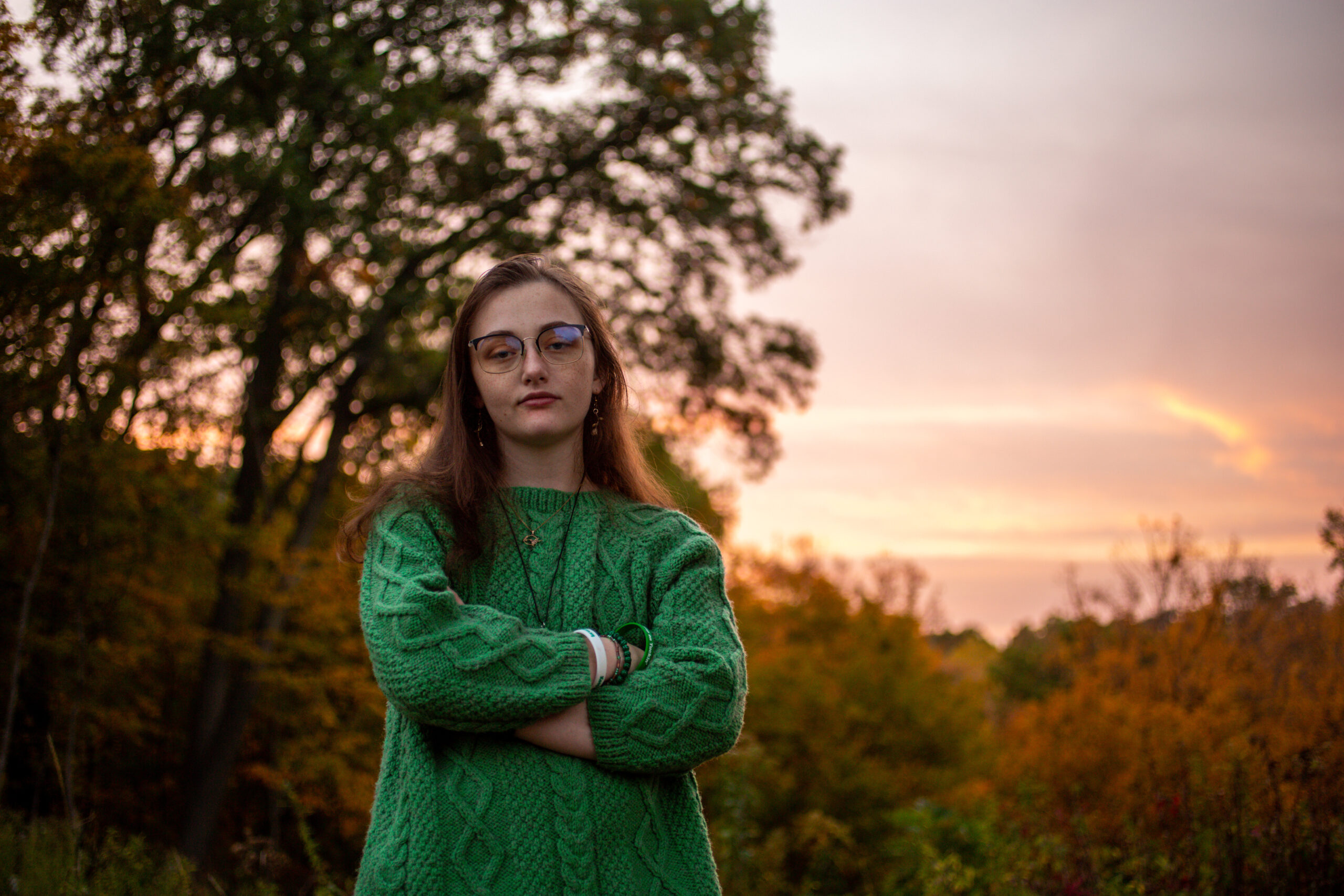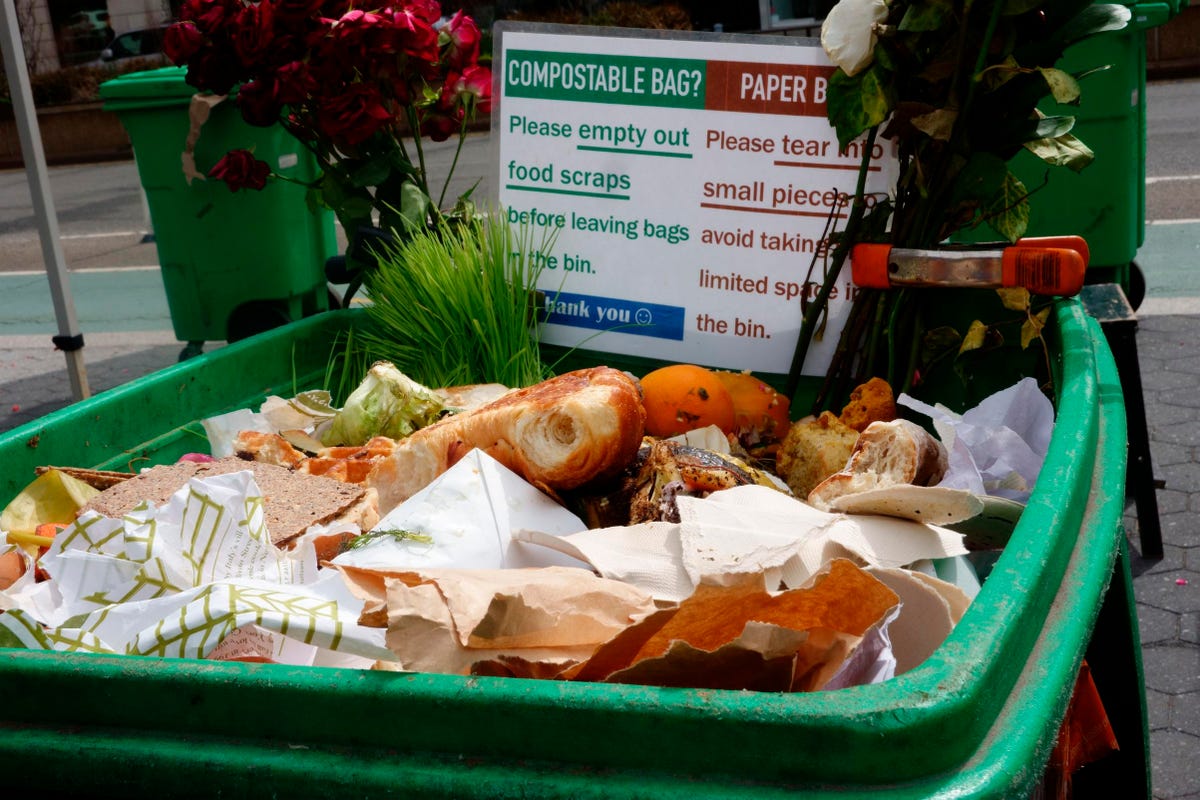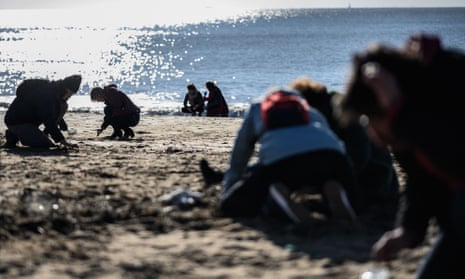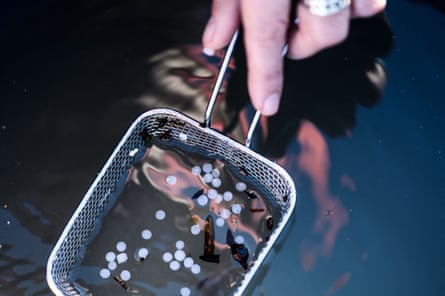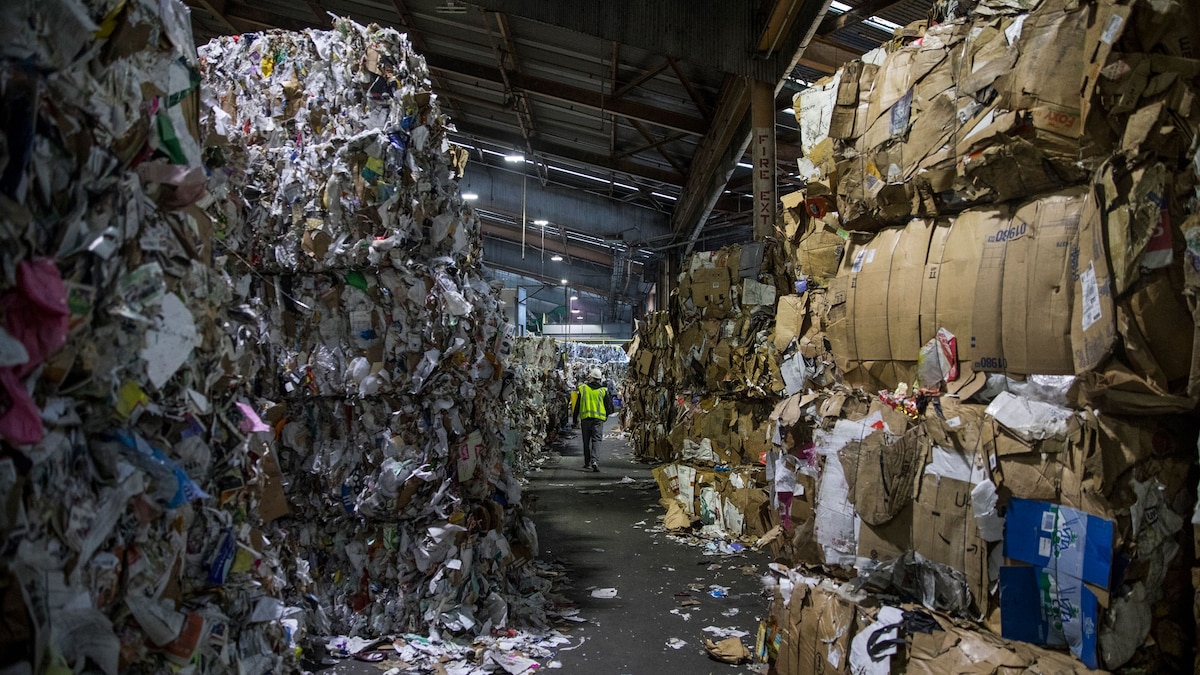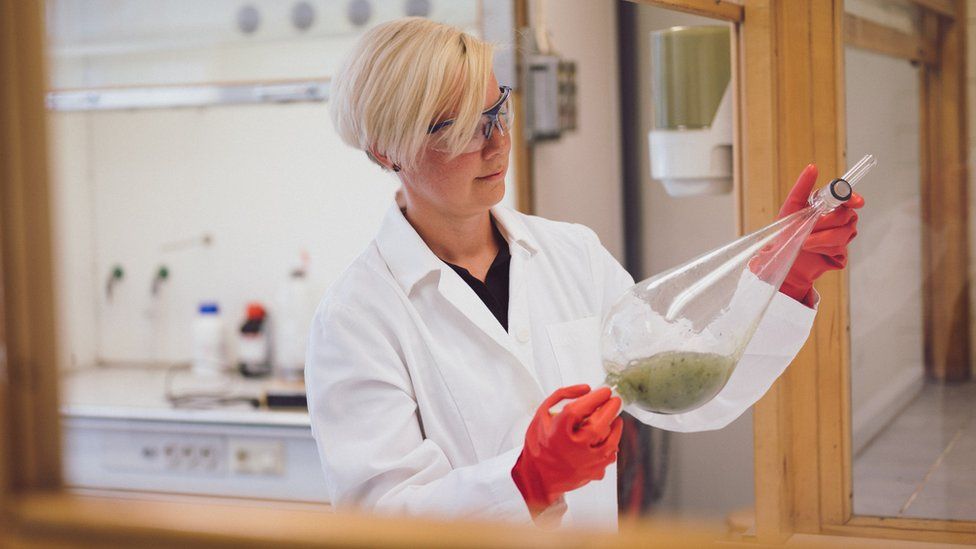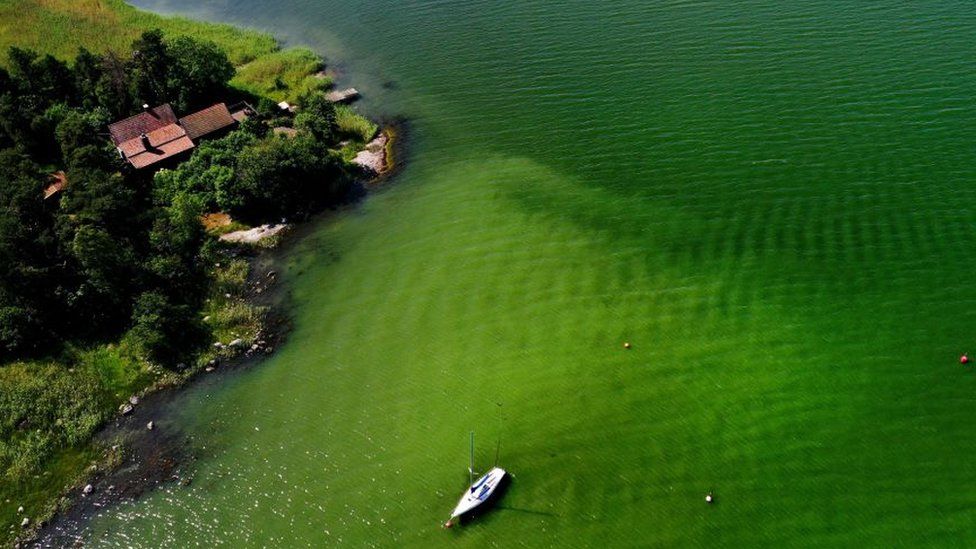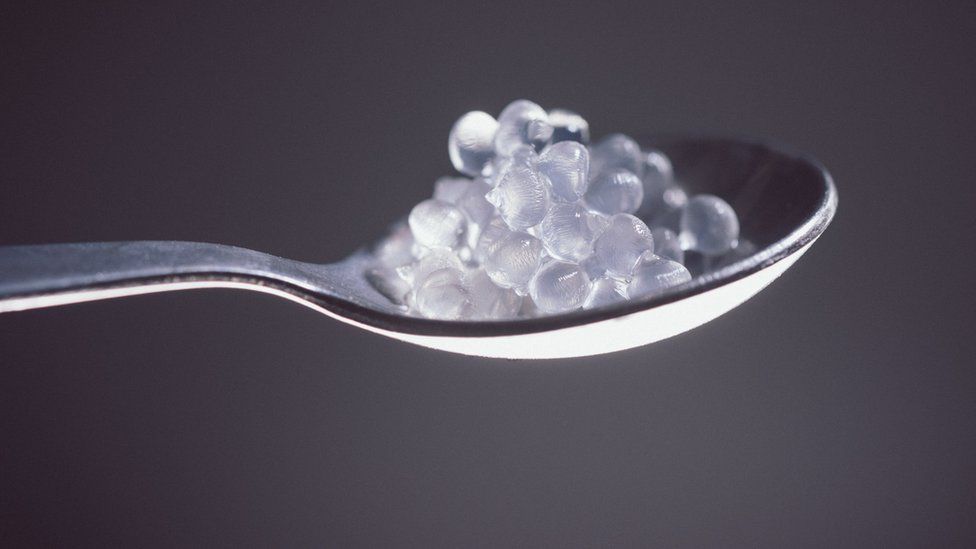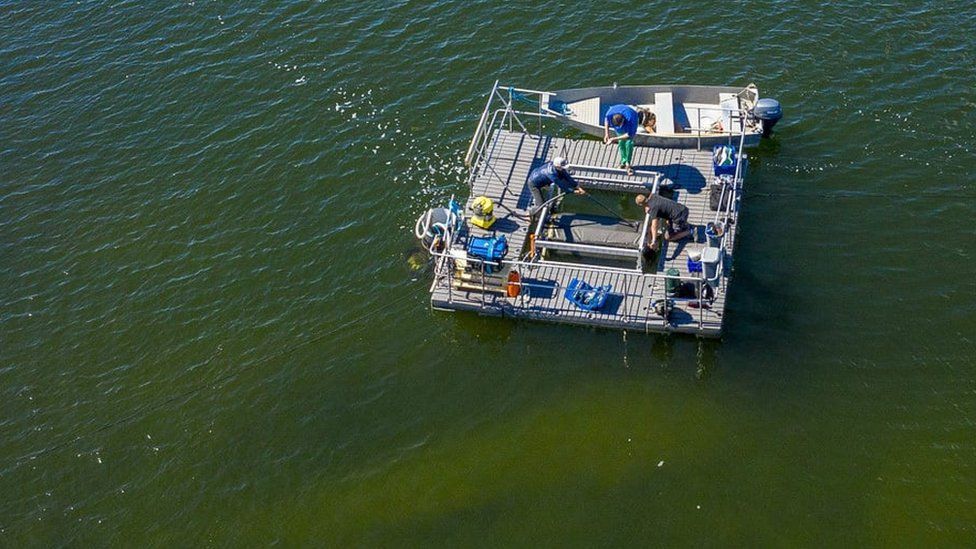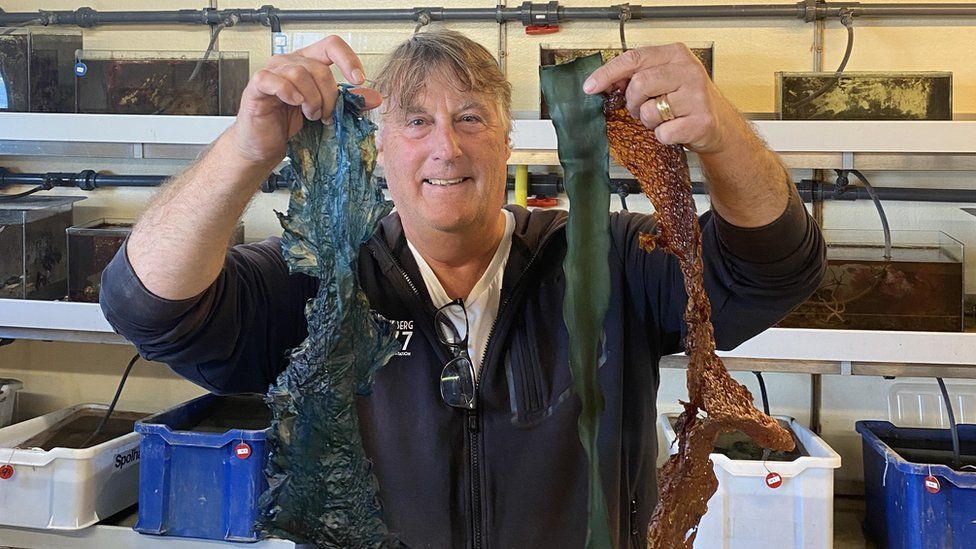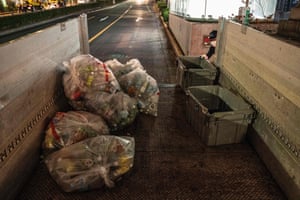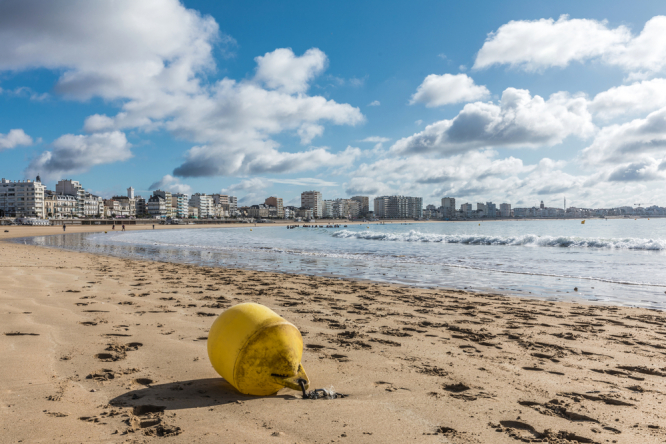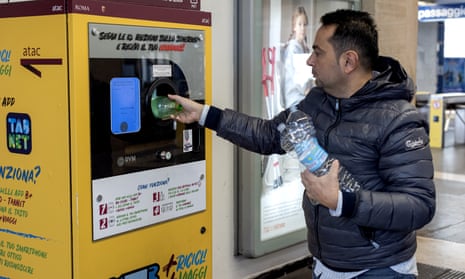A plastic bag, a dirty pizza box, plastic utensils, paper napkins, and a soda can—a single takeout meal can feel like a game of recycling trivia.
Which items can be recycled? What kinds of plastic go in the trash? What if the container is greasy?
Recycling can be complicated, and the rules outlining how to do it vary from city to city, which might be one reason why only about 32 percent of our trash gets recycled.
Only about six percent of the plastic—everything from plastic bottles to IV drips—produced in the U.S. in 2021 was recycled, according to a Greenpeace report. Some plastic items are designed in ways that make them difficult to recycle or recyclers struggle to find people who want to buy recycled material.
That’s an issue for the environment and human health—all that plastic breaks down into microscopic pieces and contaminates everything from the ocean to our bodies.
We do best with paper—68 percent of that gets recycled. But experts say there are changes you can make to improve recycling at home, in your community, and with your vote.
Which plastics can you recycle?
Want to better sort trash from recycling? Don’t be fooled by the triangle made of interlocking arrows imprinted on plastic. Those triangles don’t necessarily mean that an item is recyclable—they simply indicate its “resin code,” one of seven categories that denote the type of plastic it’s made of. Only some of these categories are fit for the recycling bin. (Find more details on each resin here.)
“Plastic is extraordinarily finicky,” says Darby Hoover, a recycling expert at the Natural Resources Defense Council. “When you make a plastic package or item, you add dyes, and additives that change its properties to make it as rigid or as flexible as you need it to be. And all those little additives affect its melting point and ability to be recycled.”
Plastic resin codes were intended to help recycling facilities, but a 2019 survey of 2,000 Americans showed 68 percent of participants thought the interlocking triangle symbol meant a product could be recycled. These plastic symbols are so often perceived as indicating recyclability that California recently signed a law restricting its use.
Experts say you should research which plastics your local recycler accepts, but as a general rule, plastics labeled with a number one or two are most likely to be recycled. Those are the rigid plastics like water bottles and milk jugs, and recycling plants have machines designed to clean, shred, and melt down this type of plastic.
Plastic labeled with a five, found in certain types of food and medicine bottles, could potentially be recycled in your community, but its acceptance varies.
The other plastics—three, four, six, and seven—are more likely to be dumped in a landfill if tossed in your household recycling bin. These types of items include bubble wrap, shopping bags, and flexible food packaging.
“One of the biggest problems is called ‘wish-cycling,’ where we wish something could be recycled so we put it in the recycling bin and cross our fingers,” says Hoover.
But it’s a waste of time, she notes. At best it simply finds its way to a landfill. At worst, it jams up recycling machinery and has to be removed by hand, a process that slows down operations.
“Those plastic bags wind away around the screens, and you have to physically cut them off. They are the bane of our existence,” says Marti Matsch, the deputy director of Eco-Cycle, a Denver, Colorado-based recycler.
Matsch says, on average, Eco-Cycle has to throw away about 10 percent of the recycling it collects in the trash because residents toss in items that can’t be recycled—everything from plastic bags to clothes.
(Learn more about the environmental challenges of plastic wrap.)
Do you really need to clean your recycling?
Another change you can make to increase the odds of your recycling getting recycled is by making sure you keep your bin free of contamination from food, dirt, or chemicals.
Paper, for example, is best processed when it’s clean, and any food particles or moisture on other recycled items could mean that paper never gets recycled. That’s why greasy pizza boxes, for example, typically go in the trash instead.
(Want to recycle your food scraps? Read our guide to composting.)
Cities and towns will often provide residents with guides outlining exactly what they can recycle. In Washington, D.C., for example, you can learn how to dispose of an item by searching the city’s database. The Recycling Partnership, an organization dedicated to improving the recycling system, has a national database that can help you navigate recycling in your local community.
Where does your recycling go?
Selling recycled material is one way communities offset the cost of collecting, sorting, and processing recycling—and so a crucial part of successful recycling is finding a buyer for recycling material. But demand for that material varies, which is why some communities do not accept all types of recycling.
Recycled aluminum is valuable because the metal can be recycled over and over without degrading, unlike plastic, which is often turned into lesser-quality material and used to make new products like carpet or lumber.
In Colorado, there’s an active market for plastics labeled with a number five, says Matsch, so Eco-Cycle accepts that resin.
But generally, recyclers face more challenges finding buyers for plastic. The same additives and dyes that produce different shapes, textures, and colors of plastic also make it difficult to produce a material worth buying.
“With all that variation, it’s very difficult to find buyers to take that material and turn it into something new because they’re looking for a simple recipe, not something so complicated,” says Matsch.
For decades, that buyer was primarily China, which imported millions of tons of used U.S. plastic. But in 2017, China increased its standards for the plastic it was willing to purchase and left U.S. recyclers without a buyer.
Some of that went to other countries like Indonesia and Mexico or was tossed in a landfill.
Increasingly, however, some companies—Target, for example—are committing to use more recycled materials from recycling plants.
How to make recycling more effective
One solution, say environmental policy experts, are more “bottle bills.” If you live in one of the 10 states where these laws are in effect, you may have noticed soda bottles with anywhere from five to 15 cents printed on the label.
This creates a set value for a bottle and incentivizes consumers to bring them to a participating recycling container. A 2020 report on litter found that states with bottle bills have half as much litter as those without them.
Drop-off sites are also helpful for collecting plastic bags. Some grocery stores offer plastic bag drop-off sites where bags are more likely to be kept clean and can be taken to speciality recycling centers.
“Another thing that’s extremely important is for folks to look at what’s happening policy wise and to support efforts to reduce waste,” says Hoover. Many cities are setting “zero waste” targets that embrace more recycling as one strategy to keep waste out of landfills.
However, some environmental experts say we need to think outside of the blue recycling bin if we really want to stem the flow of plastic pollution entering the environment.
“The best thing we can do for taxpayers is make less waste,” says Judith Enck, a former EPA regional administrator and president of the environmental group Beyond Plastics.
In recent years, some states have adopted legislation that makes producers responsible for the recyclability of their product. These laws vary in their approach, but they might require a manufacturer to financially contribute to recycling centers or to change the design of their product to be more easily recycled.
One new approach to recycling Enck wants to see more are programs that allow for bottles and other packages to be washed and refilled. She cites Coca-Cola’s recent announcement that it will try to refill or reuse a quarter of its glass and plastic bottles by 2030 as an example of changes top plastic polluters like the beverage company should make. Enck also points to smaller scale initiatives, such a start-up that washes and refills bottles in a vending machine.
“That is the future,” she says. “That is what we need.”
